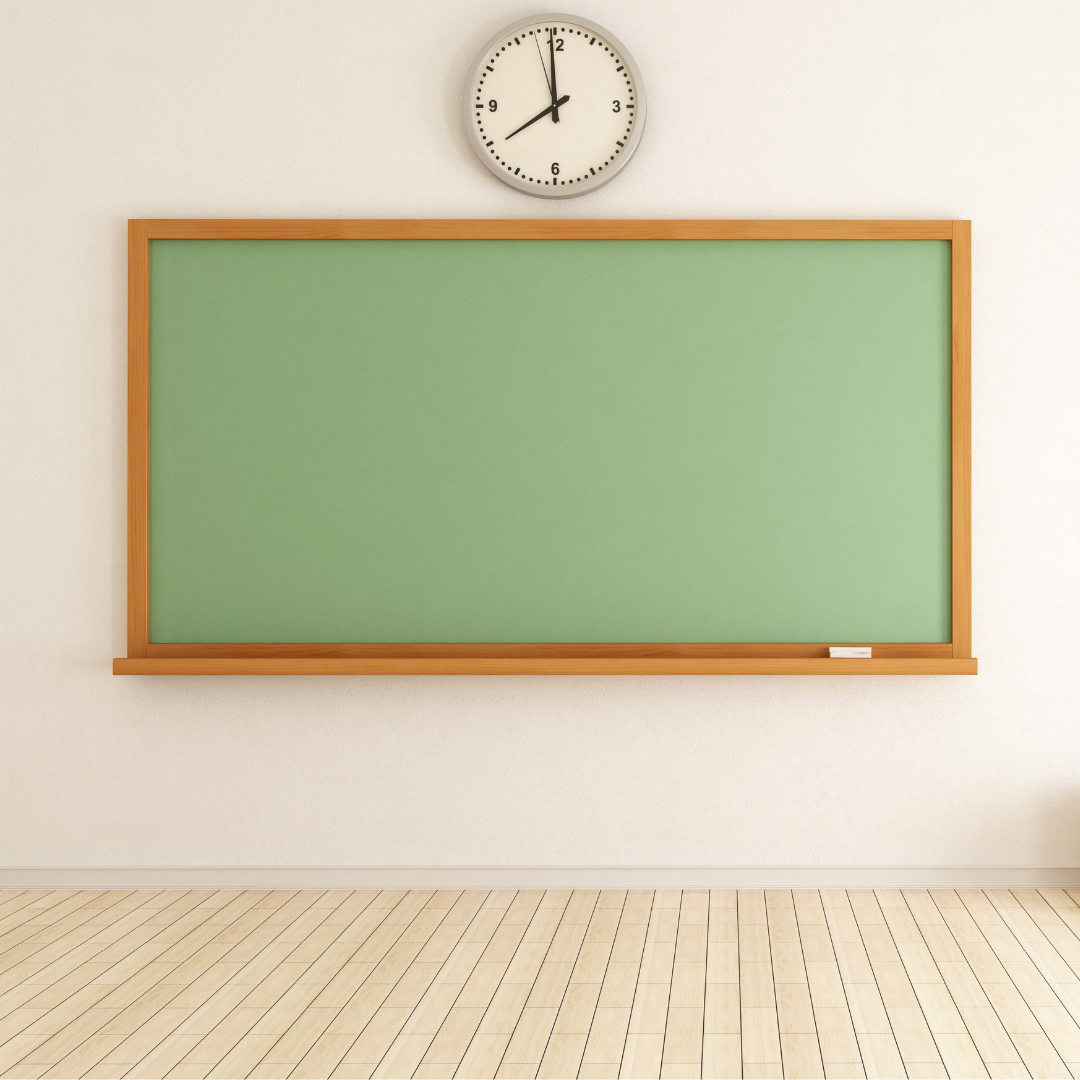If you have been following us for any amount of time, you know that we love to talk with families of children with ADHD, learning differences, language disorders, anxiety… but the truth is, this is actually the topic that almost all of us struggle with from time to time. So today, we’re sharing some of our favorite tools to help your child get started. Our goal is to break down the science behind ditching procrastination and getting things done.
If you are the momma that likes to listen to a podcast while you walk or drive, we discuss this on Episode #111 of the Shining with ADHD podcast!
1. Lead with movement
It is common knowledge, but worth repeating: Exercise is an incredibly powerful tool that helps increase mental clarity and focus. Before you ask your child to start something challenging, think about how you can incorporate movement in a fun way.
In real life: Before diving into something overwhelming, go with your child on a short walk or do some silly stretches. You might find this wakes you up a bit, too! You can build language into this by talking about what you are doing with your child.
2. Build momentum
When your child is getting started, begin with a task that will be quickly and easily accomplished. This helps us feel successful and gain momentum, which gives motivation before moving on to a more challenging activity.
In real life: Help your child check out their homework assignments, and write them all down before you start. Find the shortest one, and then have them quickly finish that one. Now, one thing is crossed off the list! For more help with homework, we have an entire module dedicated to this in our online course, Creating Calm.
3. Zero in on the task
Have you ever looked at a disastrous kitchen and thought, “I don’t even know where to start!!” When a task is too big, to our children it can actually seem impossible. Break things down into manageable chunks to help make it manageable.
In real life: When it’s time for your child to clean their room, talk with them about “zones” (e.g., closet zone, bookshelf zone, technology/charger zone). Start with one zone and then move to the next. By breaking up the tasks, the projects is less overwhelming.

4. Clarify directions
When we don’t understand what is expected, we are not motivated to do anything… and we feel pretty confused. When I work with children in therapy who aren’t doing what is asked of them, my first reaction isn’t frustration. Instead, I take time to be really curious: did they completely understand the expectation? Often times, the answer is “no” and that’s ok! That helps me understand what is going on so that I can support.
In real life: Ask your child to explain what they are going to do before they start. If their explanation doesn’t make sense, or there are important steps missing, this is a great clue that your child doesn’t fully understand the directions. You can explain the directions in a different way or write them down. Check out the next tip for kids who learn better through pictures.
5. Draw a future picture
As parents (and teachers, psychologists, SLPs, counselors, etc.), we spend a lot of time talking!!! For children who learn differently (and even neurotypical children), this can be overwhelming. One tool I love to use, based on Sarah Ward’s work, is to help children draw a “future picture” before we start. Literally, we draw what it will look like finished. This takes away a lot of the verbal input, and is a great thing for me to point back to if they get off track. For children with executive function challenges, this is a huge key.
In real life: If your child has to do a school project, like building a solar system, start by having them draw what it should look like at the end. Include all of the details, such as how many planets you will draw, what the stars will look like, and which paint colors you will use. This is a wonderful way to pull your child toward the goal, now that they can see what it will look like at the end. Looking for more executive function support? We have an entire module dedicated to this topic in our online course, Creating Calm.
Thanks for following along! Please let us know if you try any of these strategies or if you have other suggestions that have worked for you.
Have a beautiful week,
Katie







[…] few weeks ago, we shared some of our favorite tools and strategies for getting started. Today, I’m going to be talking about a few more tricks you can use to help your child (or […]